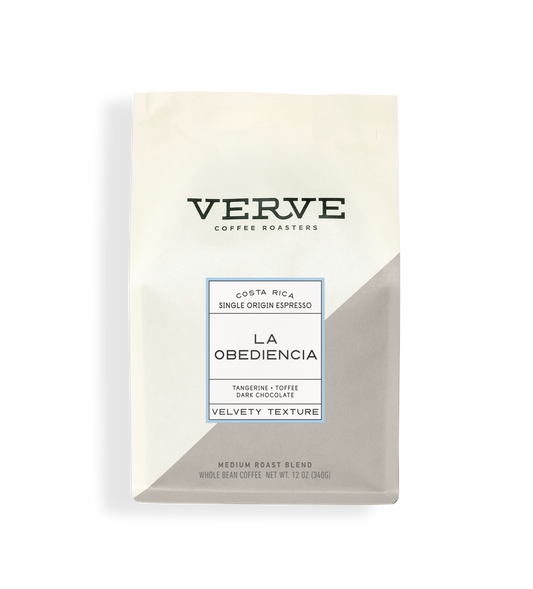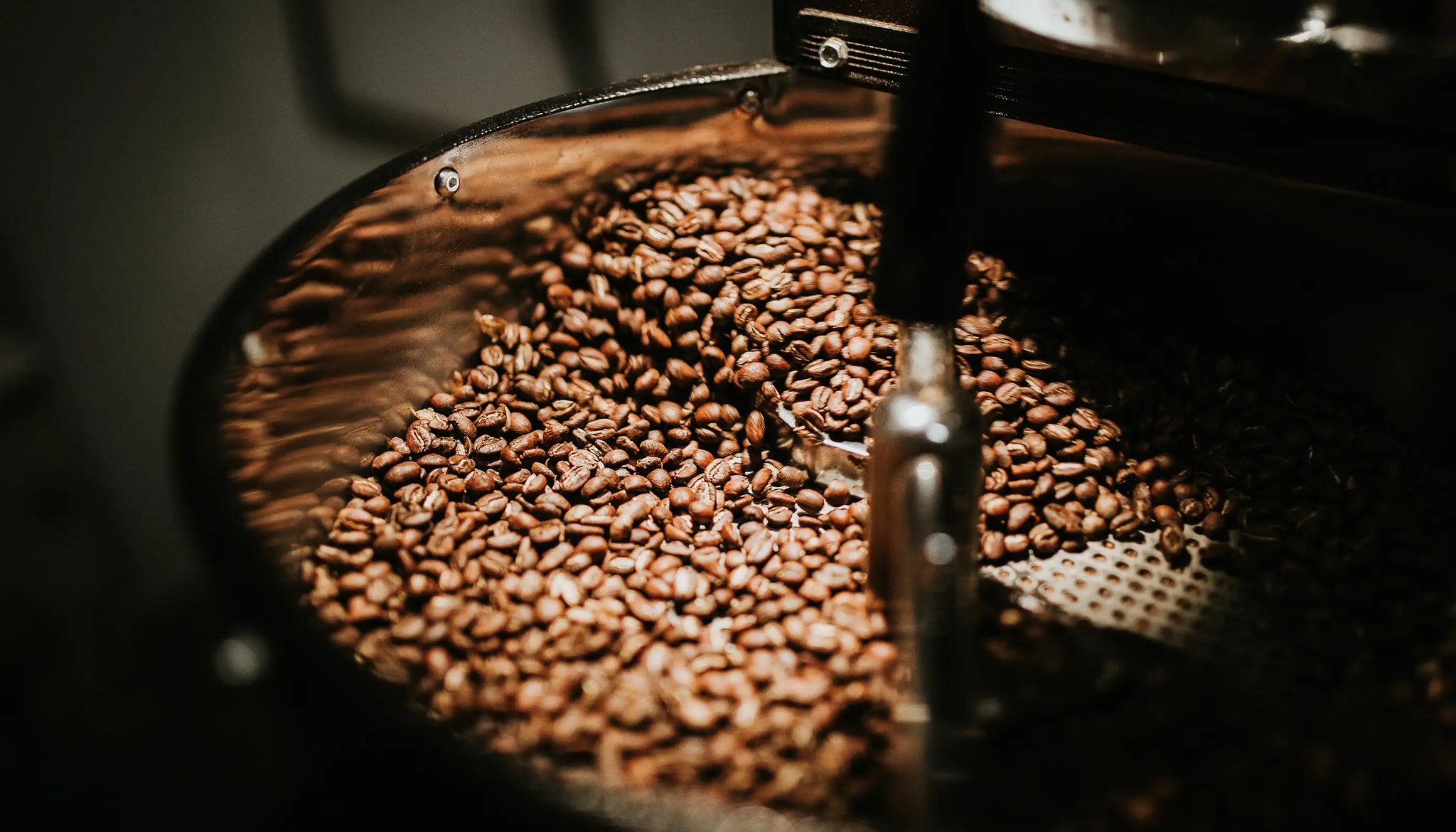Expert Advice to Get the Best Out of SOE Single Origin Espresso
Expert Advice to Get the Best Out of SOE Single Origin Espresso
Blog Article
Understanding Coffee Beans: the Journey From Espresso to Blended Coffee Beans

The Origins of Coffee: An International Point Of View
While you might believe of coffee as a modern-day staple, its origins map back centuries, linking with cultures across the globe. The tale begins in Ethiopia, where tale states a goat herdsman named Kaldi found the invigorating results of coffee beans after observing his goats frolicking energetically after consuming them.
As trade routes expanded, coffee made its way to Europe in the 17th century, rapidly getting appeal. Each society added its distinct twist to coffee preparation, enhancing its history.
Growing and Harvesting of Coffee Beans
As coffee's trip advanced, the emphasis changed to the growing and harvesting of certain bean selections, particularly those used for coffee. You'll locate that coffee beans usually come from Arabica or Robusta plants, each offering distinct tastes. The perfect growing problems include high altitudes and abundant, well-drained dirt, which improve the beans' high quality.
During the harvest, picking techniques vary. In some regions, workers hand-pick ripe cherries, guaranteeing only the finest fruit mosts likely to processing. In other locations, mechanical harvesters are used, especially on bigger ranches. When the cherries get to peak perfection for optimum taste., timing is vital; you desire to gather.
As soon as collected, the beans are planned for handling, which is crucial in identifying their final preference. Comprehending the cultivation and harvesting procedures gives you understanding into what goes right into your preferred espresso, improving your gratitude for each and every mug.
Processing Approaches: From Cherry to Bean
Since you have actually found out about gathering coffee beans, allow's explore just how those cherries transform into the coffee beans you love. You'll see exactly how different harvesting strategies impact taste, followed by the necessary actions of fermentation and drying out. Ultimately, we'll break down the milling and grading procedure that determines your coffee's high quality.
Gathering Strategies Discussed
When it comes to coffee, understanding harvesting techniques is essential, since they directly affect the flavor and high quality of the beans you appreciate. Discerning selecting entails hand-picking just ripe cherries, guaranteeing you obtain the ideal top quality beans. Eventually, the option of gathering strategy can greatly affect your coffee experience, so it's worth recognizing just how those beans made it to your mug.
Fermentation and Drying Out
After collecting, the following action in processing coffee beans play a significant duty fit their taste. You'll locate that fermentation is essential, as it aids break down the mucilage surrounding the beans, enhancing their taste profile. Relying on the technique, this process can last from a few hours to numerous days, with varying results based upon temperature level and humidity.
Once fermentation is full, drying adheres to, which is just as crucial. You can choose from sun-drying or mechanical drying out approaches. Sun-drying enables the beans to soak up tastes from the environment, while mechanical drying out guarantees constant moisture degrees no matter weather. Proper drying out is essential to protect against mold and maintain the beans' high quality, ultimately affecting your cup of coffee.
Milling and Grading Refine
As fermentation and drying established the stage for flavor development, the milling and grading process assurances that just the very best coffee beans make it to your mug. This phase includes getting rid of the outer layers of the coffee cherry, including the parchment and husk. After milling, the beans are arranged by size and weight, making certain an uniform top quality. You'll locate that grading helps recognize defects and classify beans, which influences flavor and scent. High-quality beans get a greater grade, causing a richer coffee experience. As soon as graded, the beans are prepared for product packaging and delivery, protecting their one-of-a-kind qualities. This precise procedure is crucial for providing the outstanding preference you enjoy in every sip of your favorite mixture.
Roasting Methods: Unlocking Flavor Prospective
When you roast coffee beans, the method you pick can dramatically impact the flavor profile. Comprehending the connection between time, temperature, and roasting techniques is key to revealing the possibility of your brew. Let's explore exactly how these elements come together to create the excellent mug.
Toasting Techniques Clarified
While you could believe that all coffee roasting methods generate the exact same results, the truth is that each strategy discloses special flavor possibilities in the beans. You can pick in between techniques like drum roasting, air roasting, or also standard pan roasting. Drum toasting utilizes a turning drum to uniformly distribute warmth, improving caramelization and producing a well balanced taste. Air roasting, on the other hand, flows hot air around the beans, promoting a lighter roast with noticable acidity. Pan toasting permits hands-on control however calls for constant focus to stay clear of burning. Each technique has its subtleties, so explore various strategies can aid you find the perfect roast that straightens with your taste preferences. Appreciate the trip of discovering your suitable mug!

Effect On Flavor Account
Various toasting methods not only influence the process but likewise significantly affect the taste account of the coffee beans. Dark roasts, on the various other hand, bring out strong, smoky flavors, often covering up the bean's unique characteristics. Understanding these nuances aids you value the artistry behind your cup of coffee, improving your overall experience with every sip.
Time and Temperature Factors
To launch the complete taste possibility of coffee beans, both time and temperature level throughout the roasting process play significant duties. When roasting, you'll find that greater temperature levels can swiftly establish flavors, however if you hurry it, you may end up with charred notes. Conversely, reduced temperature levels permit an extra steady flavor development, showcasing the beans' distinct characteristics.

Timing is just as important; expanding the roast too long can bring about a loss of acidity and illumination, while too short a roast could leave the beans underdeveloped. Finding that pleasant place needs technique and testing. By readjusting these factors, you can expose the rich, complex flavors concealed within each bean, creating an absolutely impressive coffee experience.
The Art of Mixing: Crafting One-of-a-kind Coffee Profiles

Beginning by picking a base coffee that supplies a solid structure. A brilliant Ethiopian bean can bring fruitiness, while an abundant Brazilian coffee adds body.
As you blend, bear in mind that each mix narrates. You're not simply making coffee; you're developing an experience. So, take your time, preference frequently, and enjoy the trip of finding your signature mix.
Developing Methods: Exactly How Prep Work Impacts Taste
Blending coffee opens up a domain name of flavor possibilities, read the article yet how you brew that blend can significantly affect your final mug. On the other hand, a pour-over highlights the coffee's clarity and brightness, excellent for showcasing fragile notes.
Coffee, with its high pressure, generates a focused shot that highlights sweet taste and crema. If you choose a lighter brew, think about a chilly mixture approach; it generates a smooth, much less acidic taste.
Changing variables like water go now temperature level, grind dimension, and make time can change your coffee's account. Accept the art of developing to discover the flavors hidden in your coffee blends.
The Future of Coffee: Sustainability and Technology
As the coffee industry advances, sustainability and advancement are ending up being essential for dealing with ecological challenges and conference consumer needs. You'll notice that more coffee business are taking on environmentally friendly practices, from sourcing beans fairly to implementing sustainable farming techniques. These changes not just aid the earth however additionally enhance the high quality of the coffee you delight in.
You may see technologies like biodegradable product packaging and water-saving developing techniques that minimize waste. Advanced technology, such as blockchain, is likewise coming to be preferred, making certain openness in the supply chain, which permits you to map your coffee back to its beginnings.
On top of that, buying neighborhood areas and sustaining farmers with fair trade campaigns fosters a more lasting coffee community. As you sip your following mug, keep in mind that your choices can add to a brighter future for coffee. By choosing for lasting brands, you're not simply enjoying a beverage; you're making a positive effect on the globe.
Regularly Asked Concerns
What Is the Difference Between Arabica and Robusta Beans?
Arabica beans are smoother, sweeter, and have a higher level of acidity, while robusta beans are more powerful, much more bitter, and consist of more high levels of caffeine. You'll discover these differences in flavor and scent when brewing your coffee.
Exactly How Does Elevation Affect Coffee Bean Flavor?
Altitude effects coffee bean flavor substantially. Higher elevations produce beans with brighter level of acidity and complicated flavors, while lower altitudes frequently generate beans that are larger and less nuanced. You'll notice these differences in your cup!
What Are the Health And Wellness Perks of Drinking Coffee?
Drinking coffee can boost your power, improve mental focus, and even improve physical performance. It's rich in anti-oxidants, may lower the risk of specific illness, and can promote a much healthier metabolism when eaten in small amounts.
Can Coffee Beans Be Recycled for Brewing?
Yes, you can reuse coffee beans for brewing, however the taste may be weaker. If you enjoy experimenting, attempt recycling them in various means, like cold brews or including to smoothie mixes for an extra kick.
How Should I Shop Coffee Beans for Freshness?
To keep your coffee beans fresh, store them in an impermeable container in an awesome, dark location. Stay clear of subjecting them to light, heat, or wetness, as these aspects can swiftly deteriorate their taste and fragrance.
Recognizing Coffee Beans: the Trip From Espresso to Blended Coffee Beans.
Now that you've found out about gathering espresso beans, allow's explore how those cherries change into the coffee beans you enjoy.When you roast coffee beans, the approach you choose can dramatically affect the flavor account - Single Origin Espresso.While you might assume that all coffee roasting approaches yield the very find out same outcomes, the reality is that each strategy reveals one-of-a-kind taste potentials in the beans.Various roasting methods not only influence the procedure but additionally considerably impact the flavor profile of the coffee beans
Report this page